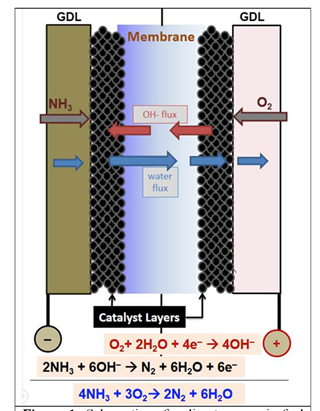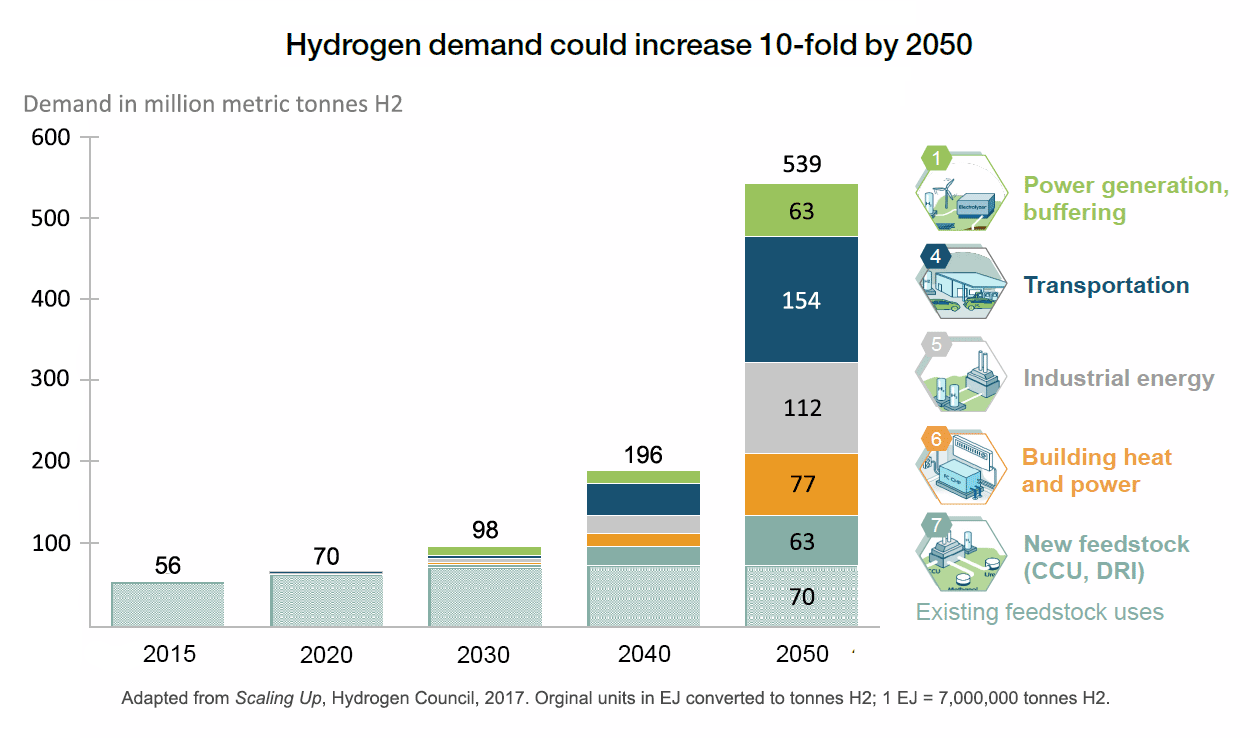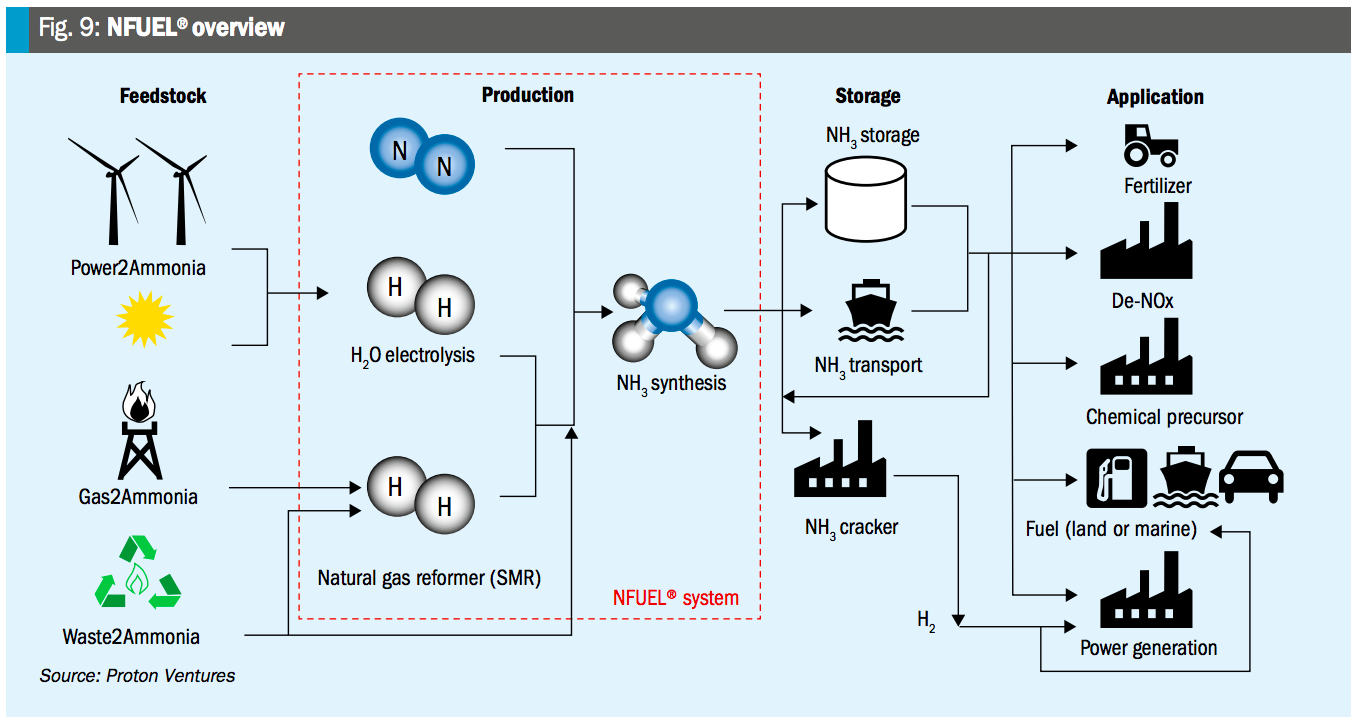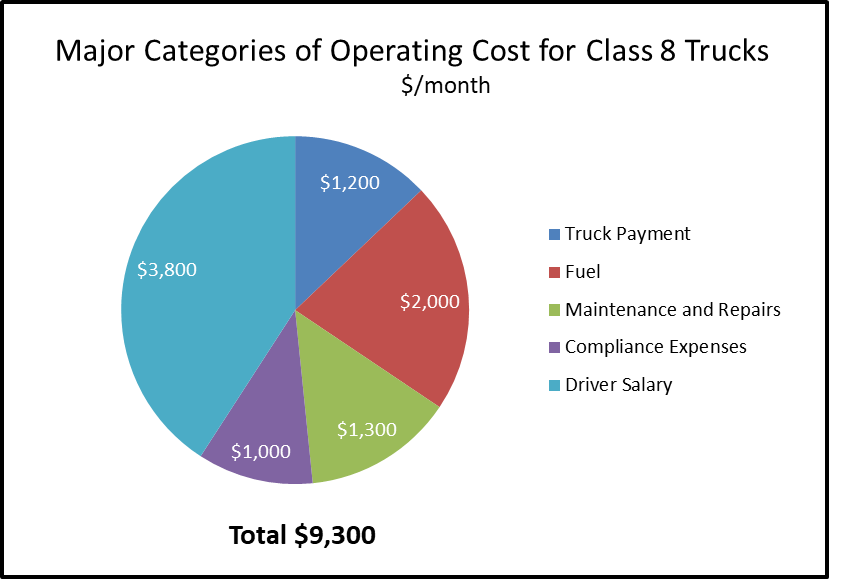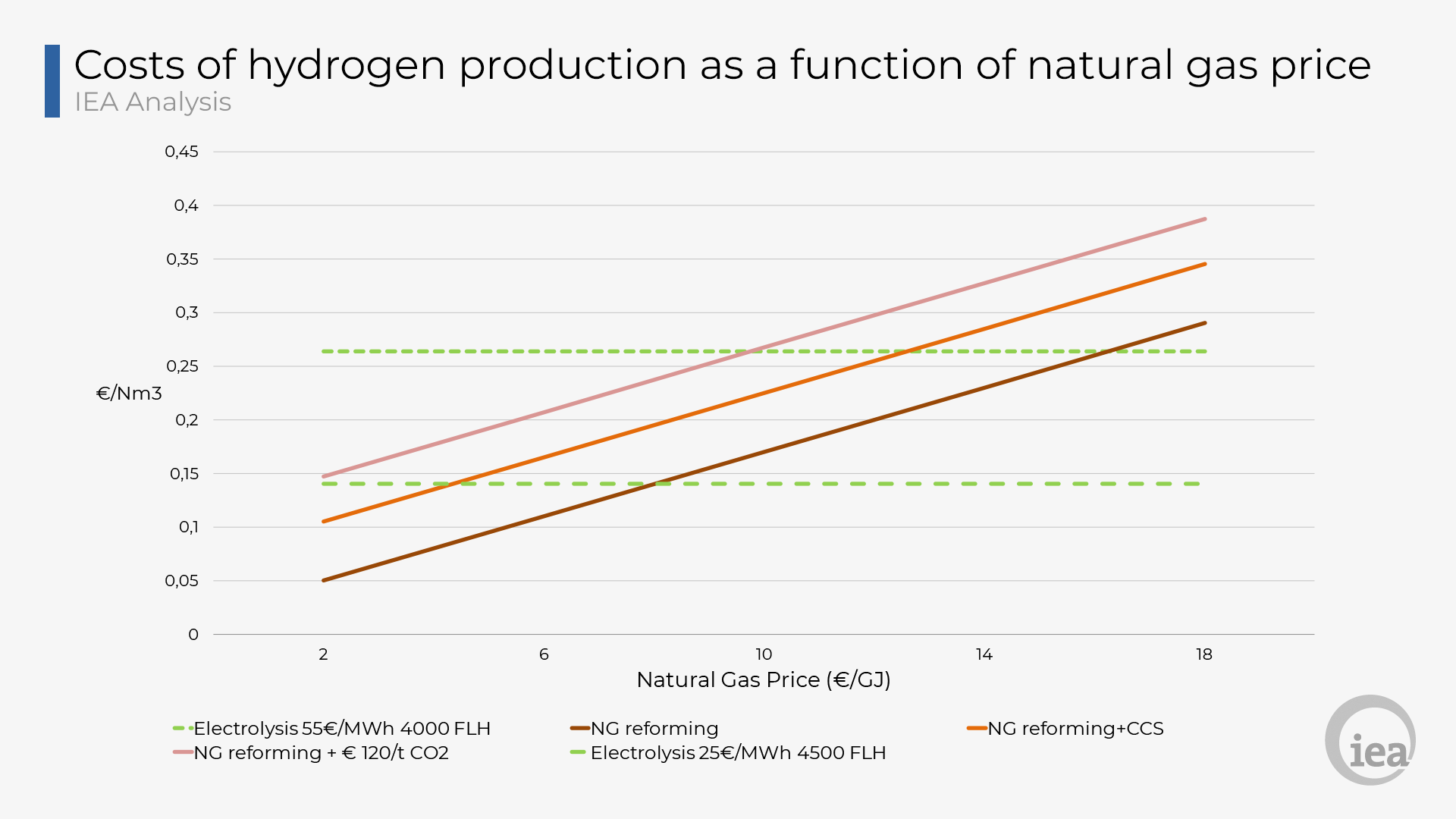More Progress for Automotive-Oriented Direct Ammonia Fuel Cells
Shimshon Gottesfeld’s paper The Direct Ammonia Fuel Cell and a Common Pattern of Electrocatalytic Processes leads with a big number: “A record power density of 450 mW/cm2 has been demonstrated for a direct ammonia fuel cell [DAFC] using an alkaline membrane electrolyte.” We know it’s big because it’s 80% higher than the 250 mW/cm2 that Gottesfeld’s team had achieved in the fall of 2017 and that Gottesfeld, Adjunct Professor of Chemical Engineering at the University of Delaware, reported at the November 2017 NH3 Energy+ Topical Conference.
